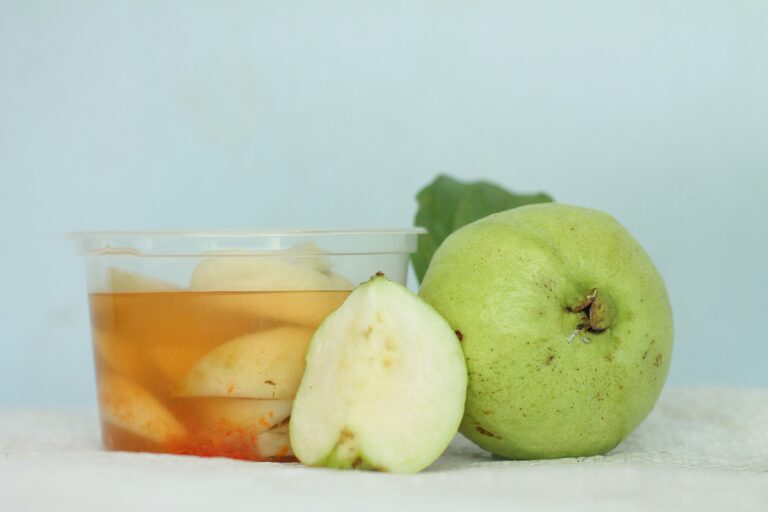Strawberry belongs to the Rosacea family, and the scientific name is Fragaria ananassa. Strawberry is a hybrid origin. This fruit is cultivated worldwide. For its characteristic aroma, this fruit is widely appreciated. Strawberry is native to the North America. Strawberry was originally grown in northern Europe, but species are also found in Russia, the United States, and Chile. The first name of this plant was strawberry, later on, it was changed to strawberry. This fruit crop is in sub-tropical regions of Pakistan.
Color: Strawberries are widely appreciated for their bright red color, juicy texture, and sweetness. Their surface is pink or red.
Shape: this fruit has various shapes according to the cultivar, conical chronicle, conical-rounded, spheroid, oblate, or kidney shape is observed.
Size: Naturally small Strawberry is three-quarters of an inch long. Short-conic strawberries have a length of about 1.2 to 1.4. Strawberry size varies from oblate to long-conic.
Flavor: Strawberries have a sweet and juicy taste. Their flavor is like Ethyl methylphenylglycidate (EMPG), an artificial fruit flavor and an organic compound used in the flavor industry, particularly strawberry.
Nutrients
Strawberries are rich in nutrients, including vitamin C, fiber, potassium, and antioxidants. 100 grams of strawberries contain the following nutrients:
- Calories 33
- Total carbohydrate 8 g
- Protein 0.7 g
- Sodium 1 mg
- Vitamin C 97%
- Iron 2%
- Calcium 1%
- Magnesium 3%
- Dietary Fiber 2 g
- Potassium 153 mg
- Granulated Sugar 4.9 g
| How to grow strawberries? |
California and Florida are the top two strawberry-producing states in the U.S. Strawberry plants can be planted in an unheated greenhouse. They can be grown in March to harvest a few months later—large-sized strawberries crop produced in mid-June to early July. Strawberry plants can be reproduced by propagation. Choose a deep pot that is at least 15 cm wide and plant one strawberry per pot. They thrive in moist but well-drained conditions. To get the strawberry seeds, slice the strawberries in half and leave them on a paper towel to dry. This allows tiny seeds to become detached from the fruit and easily scraped away from the berry. To maintain productivity and nitrogen levels you will need to use organic fertilizers. A blood meal is a good option as it has 13% nitrogen. Other organic sources of nitrogen include fish meal, alfalfa meal, and soy meal. Feather meal is also a good source of nitrogen at 15% but has very slow release rates. Dry waste of rose petals and dry waste of tea leaves lead to improvement in chlorophyll content. Use tea bags because they are an excellent source of nutrients for strawberries.
Health Benefits of Strawberry
Strawberries are very beneficial for your health as they help to support your immune system and will over your chances of getting sick when you are around jumps.
Cancer prevention
The uncontrolled division of normal cells is characterized by cancer. Several studies suggested various may health prevent several types of cancer through their ability to fight stress and inflammation. Being shown to inhibit tumor formation and animals without mouth cancer and in human liver cancer cells the protective effect of strawberries may be dragon by allergic acid and ellagitannins, which have been proven to stop the growth of cancerous cells.
Maintain blood sugar
Imbalance in blood sugar regulation and higher-sugar diets are associated with an increased risk of obesity, and heart disease type 2 disease. Strawberries seem to slow down glucose digestion and reduce spikes in both glucose and insulin strawberries may be particularly useful for preventing metabolic syndrome and type 2 diabetes
Heart health
Anthocyanins present in the strawberries help to lower heart disease. Strawberries may improve LDL (good) cholesterol blood pressure, and blood platelet function. Strawberries may also
- Improve vascular function
- Improve your blood lipid profile
- Improve blood antioxidant status
- Decrease oxidative stress
- Reduce inflammation
- Reduce the harmful oxidation of LDL bad cholesterol.
Support a healthy immune system
One of the most potent antioxidants found in strawberries is Vitamin C. The recommended daily intake of Vitamin C is 75 mg for women and 90mg for men. Vitamin C is an essential nutrient for overall health, particularly for your immune system’s ability to fend off pathogens.
Reduce the risk of dementia
Cognitive decline is marked by confusion or memory loss. Strawberries may support brain health and keep you sharp. High strawberry intake has been associated with a reduced risk of Alzheimer’s disease.
Reduce inflammation
Inflammation is a normal part of the body’s response, but chronic inflammation may accompany heart disease, cancer, diabetes, arthritis, and other disease. Anthocyanins, a plant compound in strawberries may help reduce inflammation.
Side Effects of Strawberry
Excessive Strawberries consumption can cause
- Stomach distress
- Heartburn
- Diarrhea
- Bloating
- Allergic reactions in most people.
FAQ’s
At what age are strawberries safe for babies?
You can give strawberries to your baby as soon as the baby is ready for solids, usually about 6 to 9 months old. Strawberries are generally safe for babies.
Should strawberries be avoided during breastfeeding?
Strawberries are generally safe to consume while breastfeeding. There is no need to avoid them unless the baby shows signs of an allergy or sensitivity, such as diaper rash or gastrointestinal upset.
Who should not eat strawberries?
Although Strawberries are a healthy and nutritious fruit but people who are allergic to strawberries, People with Sensitive Stomachs or Acid Reflux, and People with Certain GI Disorders should avoid taking strawberries.






